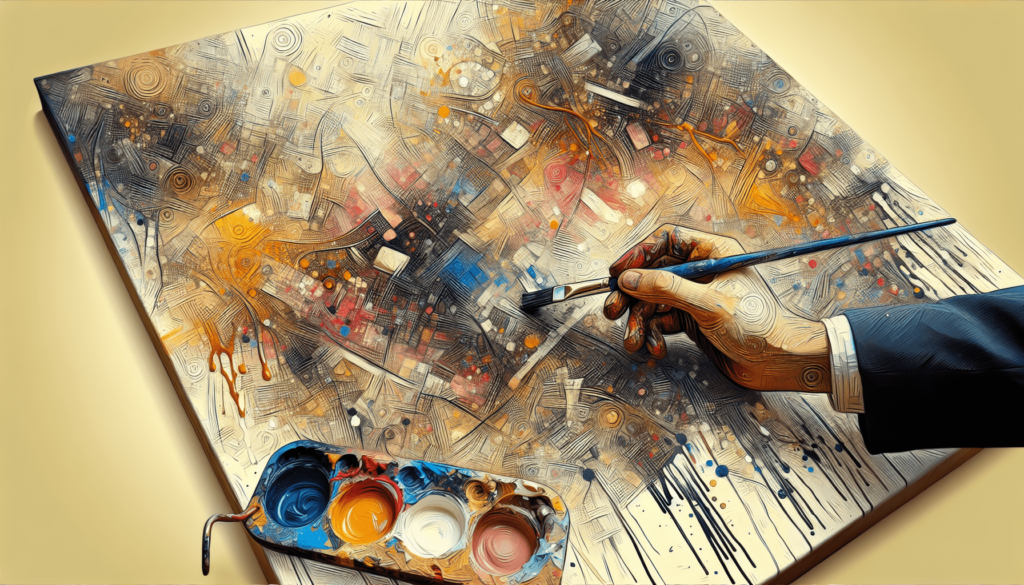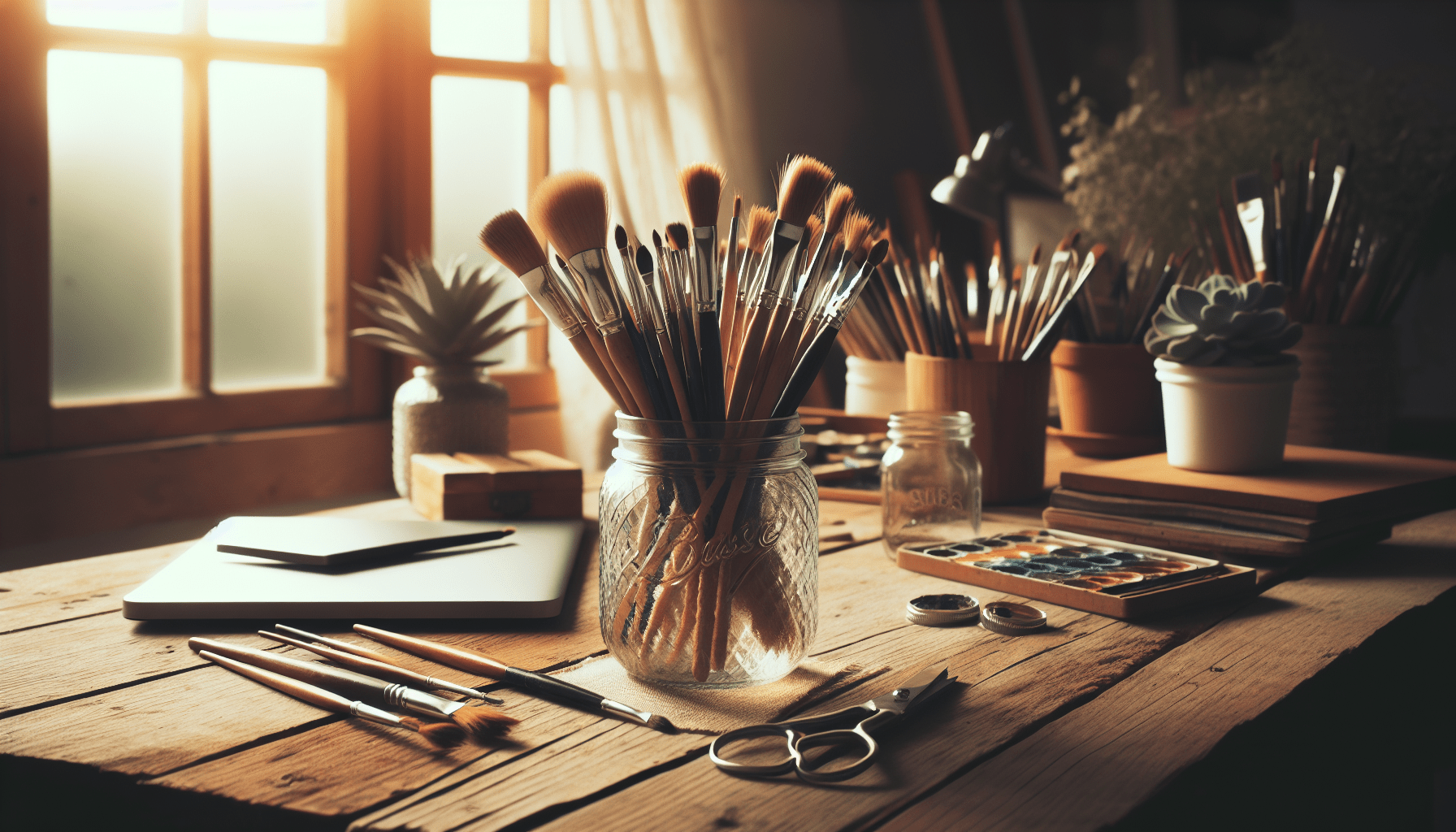Embarking on a painting journey without using a brush may present a fascinating exercise in resourcefulness and creativity for you. The article “How To Paint Without A Brush” equips you with the ingenuity to transform everyday objects into artistic tools, opening new horizons for your craft. It challenges conventional painting methods and sparks an exploration of alternative ways to create a stunning masterpiece. As you navigate through this article, you’ll discover that your expressive potential need not be confined to the standard bristles of a brush.
Using Alternative Tools
One of the most inventive ways to paint without a brush is to use alternative, everyday tools. These tools can add an unexpected twist, or a whole new dimension to your painting routine.
Sponge
A sponge can be an effective tool for adding texture and variety to your artwork. Since it easily absorbs colors and evenly distributes them on your surface, it can create effects that are difficult to achieve with a standard brush. With different types of sponges, you can achieve unique patterns and a range of textures on your piece.
Q-tips
Q-tips, also known as cotton buds, are another exciting alternative tool that you can use to create intricate details and precision lines. They can also smooth out your colors, making them perfect for blending together shades and highlights.
Toothbrush
The bristles on the toothbrush make it an excellent tool for creating small, dispersed patterns such as splatter effects. You can also use it to create fine lines and to “dry brush” paint onto your surface.
Creating Texture
Creating texture in your painting is about adding the tangible, three-dimensional aspects to your work that make it physically interesting.
Palette Knife
Instead of a paintbrush, you can use a palette knife to add depth and texture to your painting. The palette knife allows for broad, flexible strokes that can create layers and edges impossible to achieve with a brush.
Squeegee
A squeegee is a fun and innovative tool for painting. Running a squeegee across a surface covered in paint leads to unexpected, abstract effects that rely heavily on texture and color adsorption.
Fingers
Using your own fingers to paint can be an intense and personal activity. Finger painting allows for a hands-on approach and offers a direct interaction with your materials. This method provides a great deal of control and can help you create a variety of textures on your piece.
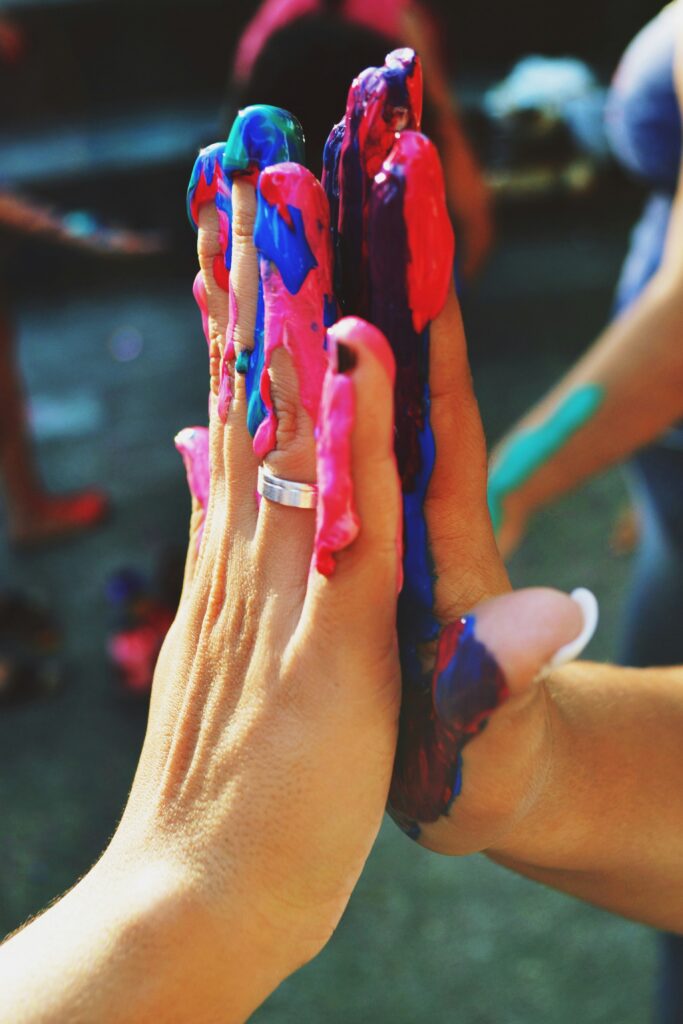
Spray Paint Techniques
Spray painting is a versatile technique that can provide unique visual effects.
Stenciling
By using stencils with spray paint, you can achieve detailed and precise images or patterns. The sharp edges that you can achieve with this technique are difficult to reproduce with brushes or other tools.
Splattering
Splattering with spray paint is an effective way to add color and texture to your painting spontaneously. The randomness of the splatters adds an element of surprise to your artwork and helps to blend colors in a unique way.
Masking
Masking allows for specific areas of your work to be shielded from spray paint while others are exposed. It allows for layers of different colors and shades, resulting in a more dynamic and interesting piece.
Pouring and Dripping
The pouring and drip techniques are innovative ways of using paint that allow gravity to have a crucial role in creating stunning abstract pieces.
Pouring Technique
Pouring paint onto your canvas and shifting it around allows the colors to blend naturally with one another. This technique can form organic shapes and patterns while providing a sense of movement.
Dripping Technique
The dripping technique involves allowing the paint to drip from your tool of choice onto the canvas. This method can provide interesting linear elements and patterns to your work.
Straw Technique
The straw technique incorporates blowing air through a straw onto wet, dripped paint. The force of the air distributes the paint in unpredictable patterns. This technique can contribute to some impressive visual effects in your work.
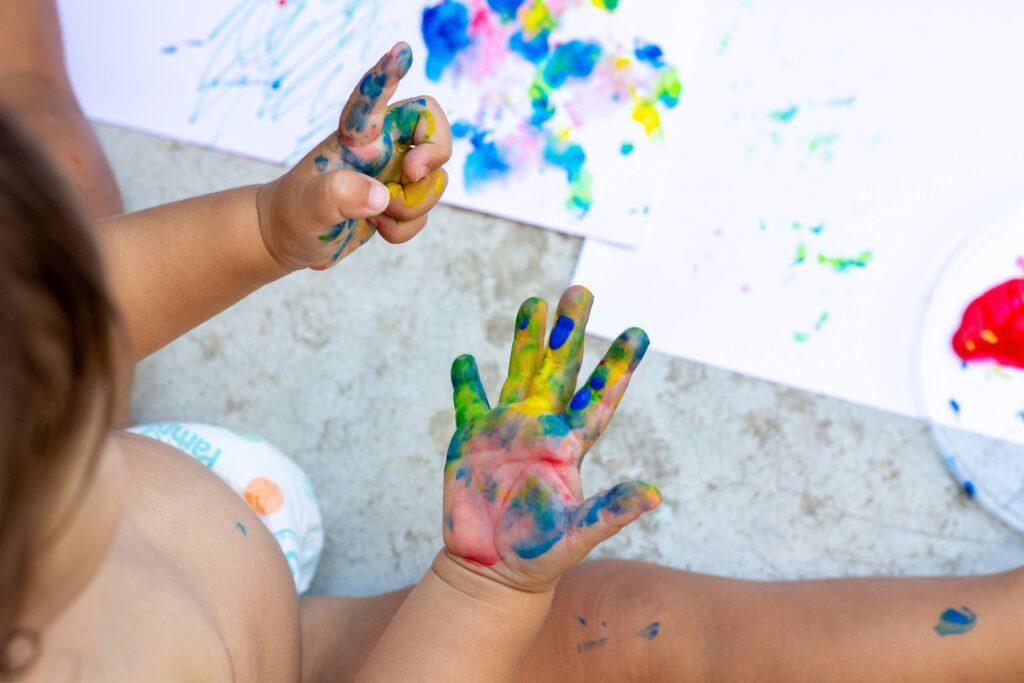
Stamping and Printing
Stamping and printing methods are a great way to add regularity and texture to your work.
Leaf Printing
Using leaves as stamps can result in natural, organic shapes that are complex and detailed. They are excellent for creating layered backgrounds or as a main focal point in a piece.
Potato Stamping
By carving designs into a potato half, you can create unique, homemade stamps. These can be used to create repeatable patterns or to build up a larger image.
Bubble Wrap Stamping
Bubble wrap is not just an incredible stress reliever but also a versatile material in art. When dipped in paint and stamped onto a surface, bubble wrap can create exciting and regular patterns.
Using Found Objects
Found objects can be an innovative way to increase the variety of tools at your disposal. This method incorporates various objects that can be dipped in paint and stamped onto a canvas.
Feathers
Due to their lightweight and textured nature, feathers are excellent for creating delicate, swipe effects. They can also provide a natural, smooth gradient of color frequently used for landscapes.
String
Painting with string can be an enjoyable and playful technique. When soaked in paint and pulled across your canvas, a string can create a series of interesting, irregular lines.
Sticks
Sticks can be used in a variety of ways, from dipping them in paint and using them like a primitive paintbrush to scratching paint away for an etching-like effect.
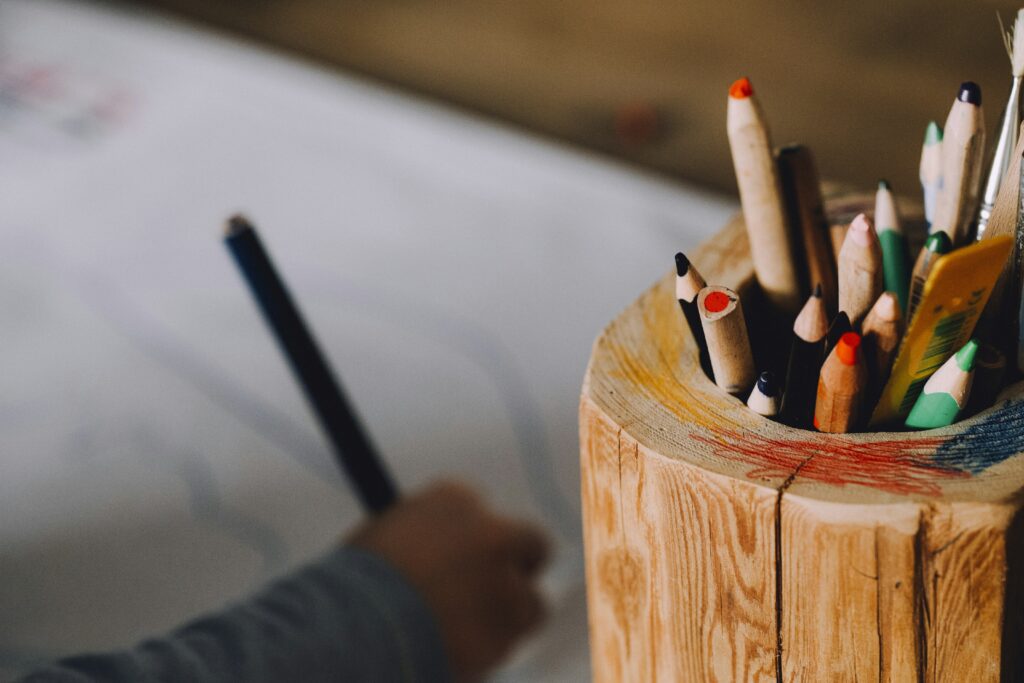
Watercolor Techniques
Watercolor paintings provide transparent and light captures of the world around us.
Wet-on-wet
The wet-on-wet technique involves applying watercolor paint to a wet surface, which can result in unexpected and beautiful flowing colors.
Dry Brush
In contrast, the dry brush technique uses less water for more control over the paint. This method can provide a rich texture and detailed strokes to your piece.
Salting
The salting technique involves sprinkling salt onto wet watercolor paint. As the salt absorbs the water, it pushes away the pigment, leaving a lightened area behind that creates a textured effect.
Finger Painting
Finger painting is an expressive and hands-on painting technique that encourages creativity and a direct interaction with your materials.
Traditional Finger Painting
With traditional finger painting, your fingers become your brushes. This method allows for tactile sensations and spontaneity in shapes and color application.
Foil Finger Painting
Foil finger painting is where the process of finger painting is undertaken on foil, creating a bright, reflective surface that interacts interestingly with colors.
Glove Finger Painting
Glove finger painting supplies the same direct experience as finger painting, but offers the added advantage of clean hands while maintaining the intimate touch for detail.
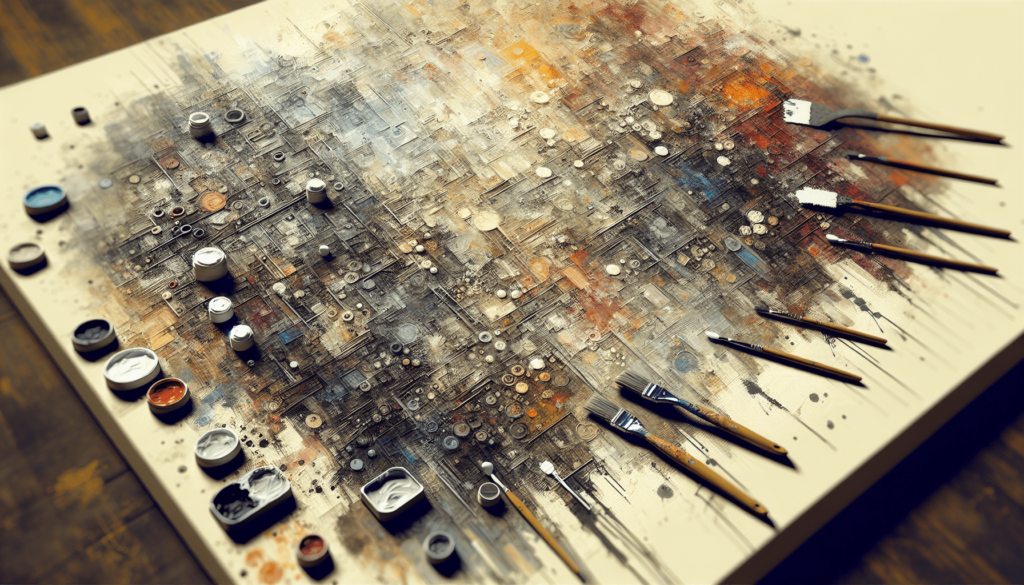
Marbling Techniques
Marbling is a method of painting that involves floating paint on a thickened water surface and then capturing the swirled paint patterns on an absorbent medium.
Marbling with Shaving Cream
Marbling with shaving cream is a fun and easy technique to create unique blended patterns and colors. The shaving cream acts as the surface for floating the paints.
Marbling with Nail Polish
Nail polish is a fascinating material for marbling. It provides a glossy, highly pigmented effect that adds a different dimension to your work.
Marbling with Oil
Marbling with oil is an interesting, albeit a little messy, technique. It involves floating droplets of oil paint on water, swirling the colors, and capturing the design onto paper or canvas.
Digital Painting
The advent of technology has revolutionized painting by providing digital mediums.
Digital Tablet
Digital tablets come equipped with pressure sensitivity that can mimic the feeling of painting with a brush. They can be utilized with various software to create digital art.
Graphic Design Software
Graphic design software like Adobe Photoshop and Procreate offer extensive tools and brushes to mimic a variety of traditional painting techniques.
Stylus
A stylus is a tool used along with tablets to create digital paintings. Just like a typical brush, a stylus can be manipulated to create a variety of brush strokes and effects.
Through exploring a multitude of these tools, techniques, and materials — that reach far beyond the paintbrush — not only will your skill set broaden, but it may also help you develop a new perspective towards the art of painting.
